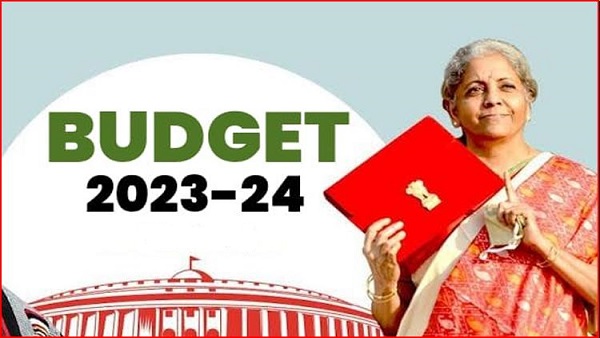Live Classes

India overtook the UK as the world’s fifth-largest economy in 2022 and is on track to achieving PM Narendra Modi’s vision of a $5 trillion economy by 2026-27. Despite concerns of a looming global recession, supply disruptions, and the Russia-Ukraine war, India has stood out as a bright spot, growing faster than most major emerging markets.
MSME sector in India
The 6.3 crore micro, small and medium enterprises — which account for 30 percent of GDP and employ nearly 11 crore people — have demonstrated this spirit of resilience. With sales in several industries across the MSME sector reaching 90 percent of pre-pandemic levels, India’s small businesses are scripting a turnaround.
A lot of the credit for this bounceback goes to the government for its proactive interventions, such as extending the Emergency Credit Line Guarantee Scheme, overhauling the Credit Guarantee Trust for Micro and Small Enterprises, and rolling out the Pradhan Mantri Employment Generation Programme to boost self-employment. That said, the largely unorganised nature of our MSMEs, rising interest rates, and a deteriorating external environment make it imperative to address their pain points on an ongoing basis. The Union budget 2023 presents an opportunity for our visionary government to amp up its efforts towards making our MSMEs competitive and self-reliant.
The government needs to step up for e-commerce and small online businesses
Streamlining input tax credits for e-commerce suppliers is one such intervention. Currently, suppliers selling on e-commerce platforms need to procure input services like logistics, which are taxed at 18 percent. Assuming an online supplier deals in apparel, which attracts 5 percent or 12 percent GST, there is an accumulation of input tax credit. This leads to precious working capital getting blocked without any visibility of future realisation, potentially discouraging suppliers from adopting e-marketplaces. Between April and November 2022, as many as 2.9 lakh sellers on Meesho, dealing in products that attract less than 18 percent GST, saw an input tax credit accumulation of Rs 265 crore on account of this inverted duty structure.
From meeting fixed expenses such as electricity, rent, and employee wages to investing in future growth, adequate working capital is a must for small businesses. By lowering GST rates on input services availed by online sellers, the government will not only shore up their finances but also give a leg-up to their digitisation journey. Further, refunds of the accumulated input tax credits will improve their cash flow situation.
There is also a need to expedite GST relaxation for small online businesses. In a landmark move last year, the GST Council announced a relaxation of rules for small businesses looking to go online. Among other measures, mandatory GST registration was waived for small online vendors with a turnover of less than Rs 40 lakh and Rs 20 lakh for goods and services, respectively. These changes, aimed at bringing parity between online and offline sellers, were expected to come into force from January 2023 but will now be implemented by October 2023.
With just 10 percent of our MSMEs currently online, expeditious implementation of these new norms is key to unlocking their full potential. Millions of small businesses are waiting in the wings, hoping to reap the benefits of digitisation such as a much bigger addressable market, increased efficiencies, and easier access to capital.
National Logistics Policy to make MSMEs competitive
The National Logistics Policy can also be leveraged to make our MSMEs competitive. The NLP aims to bring down logistics costs as a percentage of the GDP from 13-14 percent to 8 percent, on par with developed nations. While lower costs will encourage more MSMEs to use tech-powered logistics services, they will need support to tap rising e-commerce demand from smaller towns and semi-rural areas. To this end, the government could rope in India Post as a tech-enabled last-mile delivery partner that can facilitate cash-on-delivery transactions at competitive prices. Similarly, the unparalleled reach of Indian Railways can be synergised to ship wares to the remotest parts of the country quickly and cost-effectively.
Conclusion
With a visionary government charting out the nation’s growth path, It is expected that the government’s budget would deliver on the above challenges for MSMEs and take us closer to the dream of an Atmanirbhar Bharat
About MSME
Role of MSME in the Indian Economy